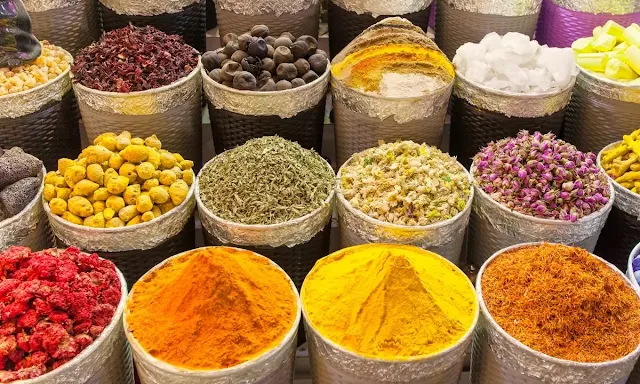Vegetable Prices Surge, Food Inflation Poses Challenges for Monetary Policy
New Delhi – India’s retail inflation remained below the Reserve Bank of India’s (RBI) target of 4% for the second consecutive month in August, offering some respite to policymakers, although rising food prices continue to pose challenges.
According to official data, retail inflation was recorded at 3.65% in August, slightly higher than July’s revised figure of 3.60%. While the inflation rate remains comfortably within the central bank’s target range, the increase in food prices, particularly vegetables, dampened hopes for any dovish turn in monetary policy.
Inflation Driven by Food Prices
The key driver of the inflation uptick was food inflation, which rose to 5.66% in August from 5.42% in July. Vegetables, in particular, saw a sharp rise in prices, increasing by 10.71% year-on-year in August, compared to 6.83% in July. Pulses and cereals also experienced significant inflationary pressure, though their rates eased slightly from the previous month. Cereal inflation stood at 7.31% in August, down from 8.14% in July, while pulses saw a rate of 13.6%, compared to 14.77% in July.
Upasna Bhardwaj, an economist at Kotak Mahindra Bank, highlighted that the marginal rise in August's inflation was primarily driven by unexpected increases in food prices.
Core Inflation Holds Steady
Despite the volatility in food prices, core inflation—excluding food and energy—remained stable, hovering around 3%. Economists estimated core inflation at between 3.3% and 3.4% for August, a slight change from the previous month’s range of 3.35% to 3.40%. This stability suggests that the inflationary pressures are not broad-based, and much of the inflation surge can be attributed to the volatile food and energy sectors.
Monsoon Impact and Global Oil Prices
India’s agriculture sector is highly dependent on the annual monsoon, and the delayed withdrawal of rains this year could both help and hurt food prices. On the one hand, the above-normal rainfall threatens summer-sown crops such as rice, cotton, soybeans, corn, and pulses, potentially pushing prices higher as the harvest season approaches. On the other hand, the rains could improve soil moisture, boosting the prospects for winter crops like wheat, rapeseed, and chickpea, which are planted in the coming months.
Global factors are also in play. The recent plunge in global oil prices, which fell to near three-year lows, may provide some relief by helping to offset the inflationary pressure from rising food prices.
Monetary Policy Outlook
With the inflation rate now below the RBI’s 4% target for two consecutive months, attention is turning to the central bank’s next monetary policy meeting, scheduled for October 7-9. Although there is growing anticipation of potential policy easing, economists suggest that the RBI may adopt a cautious approach due to the continued risks posed by rising food prices.
Sujan Hajra, an economist at Anand Rathi Shares and Stock Brokers, said, “We expect the RBI to maintain its current policy rate for now.”
The central bank has kept its key interest rate unchanged for nine consecutive meetings, as it balances the need to contain inflation with supporting economic growth. The recent spike in food prices may prompt the RBI to remain conservative in its approach, ensuring inflation remains well within the target range while keeping a close eye on global and domestic economic conditions.
Conclusion
India’s inflation picture remains a mixed one. While retail inflation is comfortably within the central bank’s target, rising food prices, especially vegetables, are threatening to complicate the situation. With the upcoming monsoon harvest and global economic conditions in flux, the RBI is expected to tread carefully in its monetary policy decisions, aiming to balance inflation control with economic stability.
The next few months will be crucial as the effects of the monsoon rains, global oil prices, and food inflation will likely dictate the course of India’s inflationary trends.











0 Comments